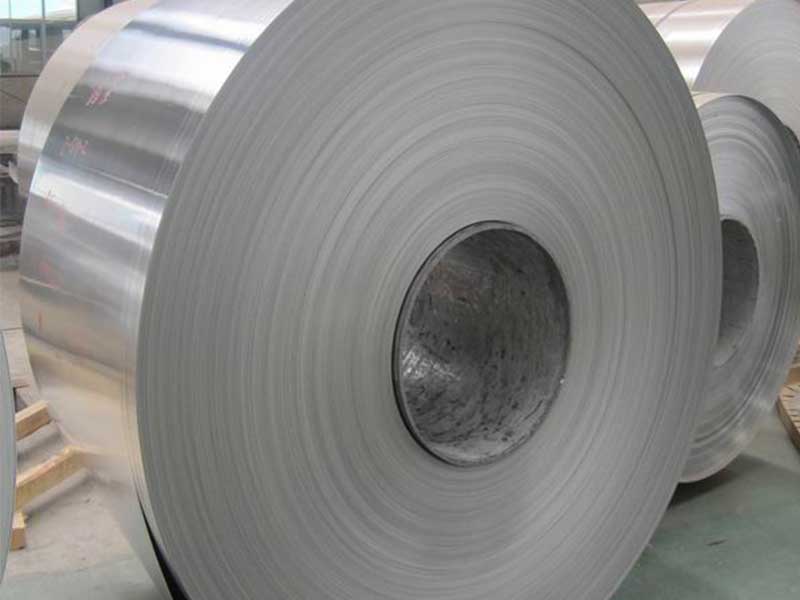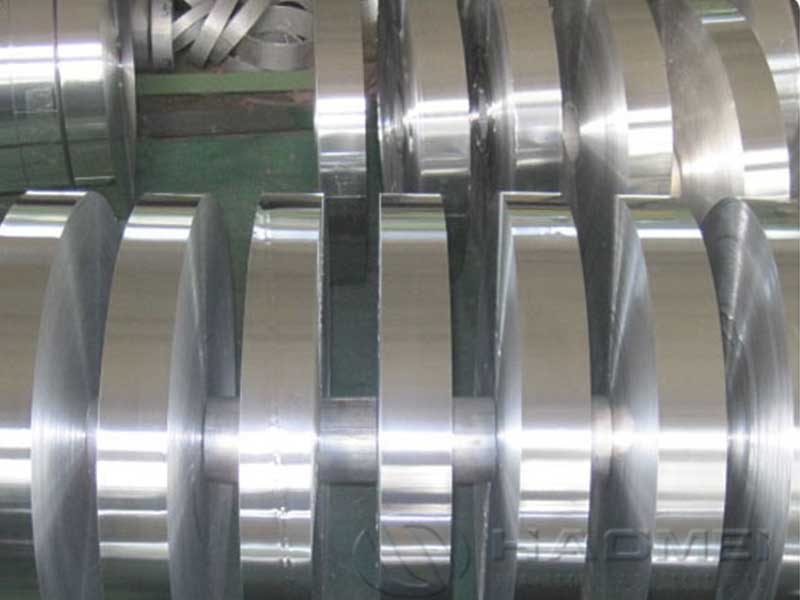Aluminum Strip 5052
Aluminum Strip 5052 stands as one of the most versatile and widely utilized aluminum alloys in the metallic world. Known for its exceptional corrosion resistance, high strength, and excellent formability, this particular aluminum strip variant serves critical roles in several industrial, commercial, and marine sectors.
Aluminum Alloy 5052: What Makes It Unique?
Aluminum Alloy 5052 belongs to the 5xxx series of aluminum-magnesium alloys, distinguished by the addition of magnesium (Mg) which significantly enhances its corrosion resistance especially in harsh environments such as seawater or acidic atmospheres. Its magnesium content typically ranges from 2.2% - 2.8% by weight, giving it outstanding protective qualities while maintaining admirable mechanical strength.
The exceptional characteristics of Aluminum Strip 5052 make it quite distinct:
- High Corrosion Resistance: Magnesium imparts resistance against seawater and industrial chemical exposure.
- Moderate-to-High Strength: Slightly stronger than pure aluminum, facilitating use in structural applications.
- Excellent Weldability and Pipe Forming: Enables smooth manufacturing of complex shaped products.
- Good Fatigue Strength: Duration of endurance under cyclical loads enhances service life.
- High Formability: Suitable for deep drawing, bending, and folding processes without cracking.
Chemical Properties of Aluminum Strip 5052
Below is the typical chemical composition table for Aluminum 5052 Strip, conforming closely to international material standards:
| Element | Composition (%) |
|---|---|
| Aluminum (Al) | Balance (approx. 95.2-97.8) |
| Magnesium (Mg) | 2.2 – 2.8 |
| Chromium (Cr) | 0.15 – 0.35 |
| Iron (Fe) | 0.4 (max) |
| Silicon (Si) | 0.25 (max) |
| Copper (Cu) | 0.1 (max) |
| Manganese (Mn) | 0.1 (max) |
| Zinc (Zn) | 0.1 (max) |
| Titanium (Ti) | 0.03 (max) |
Note: Iron and silicon inclusions must be minimized for optimized mechanical integrity.
Temper Designations and Mechanical Properties
Aluminum Strip 5052 materials can be supplied with various tempers/heat treatments to tailor mechanics to exact user needs. The most common tempers for strip applications include:
- O (Annealed): Softest temper, max elongation (~18%), ease of deep drawing.
- H32 (Strain-Hardened and Stabilized): Moderate strength, better forming balance.
- H34: Higher strength with reduced ductility.
- H36: Even higher strength, suitable where mechanical rigidity is crucial.
Typical mechanical properties for mill-annealed (“O” temper) 5052 strip:
| Mechanical Property | Value |
|---|---|
| Tensile Strength (MPa) | 228 – 275 |
| Yield Strength (MPa) | 145 – 193 |
| Elongation (%) | 12 – 22 (depending on temper) |
| Hardness (Brinell, HB) | approx. 50 |
Compliance to Industry Standards
Implementation of Aluminum Strip 5052 must adhere to strict international standards to guarantee quality, reliability, and interchangeability:
- ASTM B209: Standard specification for aluminum and aluminum-alloy sheet and plate.
- AA (Aluminum Association) Designation 5052
- EN AW-5052 (European Norm)
- JIS H4000 (Japan Industrial Standard)
Product certifications usually includechemical verification, mechanical testing, and quality audits conforming to these benchmarks.
Applications of Aluminum Strip 5052
Given its diverse technical qualities, Aluminum 5052 Strip’s functionality spans a plethora of industries:
1. Marine Industry
The strip’s superb corrosion resistance especially stands out in seawater exposure by combating rust and salt damage. Aluminum 5052 is widely used for boat hulls, fuel tanks, and decks.
2. Automotive Industry
5052 strips are utilized in manufacturing automotive fuel tanks, body panels, structural parts due to their strength-to-weight ratio and corrosion mitigation capability.
3. General Fabrication and Material Handling
High formability permits use in vicious bending and forming processes for making carts, toolboxes, and ladders.
4. Electrical Products
Widely employed for making studs, connector bars, battery trays – benefiting from high conductivity coupled with corrosion resistance.
5. Heat Exchangers and Roofing Materials
The aluminum strip facilitates heat exchange and prevents corrosion in demanding heat exchanger equipment, while serving robustly in roofing panels against climatic assaults.



